It can be fun to breed your own zinnias - Part 54
zen_man
4 years ago
last modified: 4 years ago
Featured Answer
Sort by:Oldest
Comments (112)
zen_man
3 years agolast modified: 3 years agoArtist-FKA-Novice Zone 7B GA
3 years agoRelated Discussions
It can be fun to breed your own zinnias - Part 46
Comments (103)Well, I have missed a bit, I see. Firstly, let me address Sayuri's statement: I assumed most of you guys to be well off retirees. Chuckle, snicker, SNORT! You can definitely leave me out of that assessment - ha! Well, yes, I'm semi-retired, if one can call it that, but far from being well off. Certainly not living in the manner to which I wish I'd become accustomed. But we manage to keep the cats (and ourselves) fed. And I'm a very accomplished scrounger. :) Now, secondly, I don't have a cat walking across my keyboard as I did earlier, but I can't find the pic I'd been thinking about of the newly made beds. Instead, here's a somewhat later photo which shows the raised beds already planted. As you can see, Sayuri, I don't have sides to my beds - I've just shoveled the loose dirt from the paths (after tilling) onto the bed areas, raising them up somewhat. The looser the dirt, the easier it is to scoop it up and pile on the beds. And this area was soft and clear of grass and weeds because it had been under tarps for about a year and a half. I've done this in other areas, but none have worked as well as this, probably because the other spots had poorer, less loamy soil to begin with. You're in a hurry, though, so I get the idea of the herbicide, even if, personally, I can't bring myself to trust a chemical that supposedly kills some plants, but not others. History has proven me wrong, but I still have a problem with the concept. Oh well - whatever. My point is, you can make raised beds without the bother of being fancy about it. I do it every year, though I've been working on this area in particular, using straw mulch, to make it so I never have to till again, or rebuild the beds. I don't have a shot from 2017 corresponding to this exact location, but here's one from July 2017 in a couple of beds that would be to the left of these pictured: You can't really tell, but the beds are still slightly higher than the paths, even after a couple of years. It's because, once built, they never get walked on. They'll be even higher this year because I intend to dump a load of composted manure on them. That may cost a bit, but it will be worth it. Ninecrow - that is one audacious, bodacious snail!!! Wow - have never seen one like it. Cool. Go Gatchaman! Namaste, Alex...See MoreIt can be fun to breed your own zinnias - Part 47
Comments (115)Hi Four, This is an older message thread (Part 47, while Part 51 is current) but I will respond anyway. Yes, in your B photo, the pollen florets are maturing and setting seeds and they probably no longer have nectar for butterflies, so you could could remove that bloom if feeding butterflies is your primary motivation. In your C photo it isn't crucial where on the stem you make the cut.. I would cut down lower on the stem because there isn't any significant advantage to leaving a lot of bare stem on your plant. If you want to make further comments, it would be better to add them to Part 51, which has only 21 comments, while this Part 47 now has well over 100 comments. ZM...See MoreIt can be fun to breed your own zinnias - Part 53
Comments (103)Hello four, " "Modified", that is. Do they have nectar? " Some of them have nectar, the ones I have observed with butterflies, skippers, bees, or day-flying moths feeding on them. I have no way of knowing whether my indoor specimens have nectar or not. I think they probably do have nectar. Just no butterflies to confirm that. " If the florets have a reasonable amount of nectar, then the volume of nectar in that one flower would be a butterflies' bonanza. " I have taken a few tubular zinnia petals apart, and the amount of nectar I find in each petal is relatively small. I would not describe it as a drop, but something more like a "micro-drop". Zinnias always attract a bunch of butterflies and such, but I think there are probably other flowers that have more volume of nectar. I am of the opinion that you have to be careful what you wish for. I still remember that freakish zinnia bloom that had so much nectar, and the tiny ants that were attracted to it in such scary numbers. ZM...See MoreIt can be fun to breed your own zinnias - Part 56
Comments (112)Hi Cindi, Actually, I do have a few "newish" zinnias, because I have been growing some zinnias indoors throughout these cold late Fall and Winter months. I have taken some photos and I need to process the photos for upload here. I processed this photo this morning. That is a variation on my "exotic" zinnia flower form and in the juvenile stage, the petals resemble the "Woolly" zinnia petal form. The "Woolly" petals are closed at the end. The Woolly zinnia petals are "strong" by virtue of their totally enclosed structure. However, this means that the enclosed stigma cannot receive pollen unless the zinnia also has enclosed pollen-bearing anthers, which many of the Woolly zinnias do not have. Those Woolly petals can produce a seed only if the petal is surgically opened and pollen applied to the internal stigma. I concede that the "Woolly" zinnias are questionably attractive. I realize these details are of interest primarily to someone who is actively engaged in breeding zinnias. I have several zinnia photos in my camera which I will transfer to my computer so that I can show them here. I have really been enjoying my indoor zinnia activities. I am even considering continuing an indoor activity in parallel with my outdoor zinnia activities this coming Spring and Summer. There are advantages to indoor zinnias. For one thing, you have control of the photoperiod of indoor zinnias. Zinnia elegans is a facultative Short Day (long night) plant. More later. ZM...See Morezen_man
3 years agolast modified: 3 years agoArtist-FKA-Novice Zone 7B GA
3 years agoFred Keese
3 years agozen_man
3 years agolast modified: 3 years agowoodnative
3 years agozen_man
3 years agolast modified: 3 years agozen_man
3 years agolast modified: 3 years agoWouter Addink
3 years agoWouter Addink
3 years agozen_man
3 years agolast modified: 3 years agocindip63
3 years agozen_man
3 years agolast modified: 3 years agocindip63
3 years agozen_man
3 years agolast modified: 3 years agocindip63
3 years agocindip63
3 years agozen_man
3 years agolast modified: 3 years agocindip63
3 years agozen_man
3 years agolast modified: 3 years agocindip63
3 years agozen_man
3 years agolast modified: 3 years agocindip63
3 years agozen_man
3 years agolast modified: 3 years agocindip63
3 years agolisaboobie
3 years agozen_man
3 years agolast modified: 3 years agocindip63
3 years agolisaboobie
3 years agozen_man
3 years agolast modified: 3 years agozen_man
3 years agolast modified: 3 years agocindip63
3 years agolisaboobie
3 years agocindip63
3 years agoFred Keese
3 years agozen_man
3 years agolast modified: 3 years agozen_man
3 years agolast modified: 3 years agocindip63
3 years agolisaboobie
3 years agocindip63
3 years agozen_man
3 years agolast modified: 3 years agocindip63
3 years agozen_man
3 years agolast modified: 3 years agolisaboobie
3 years agocindip63
3 years agolast modified: 3 years agolisaboobie
3 years agocindip63
3 years agozen_man
3 years agolast modified: 3 years agozen_man
3 years agolast modified: 3 years ago
Related Stories
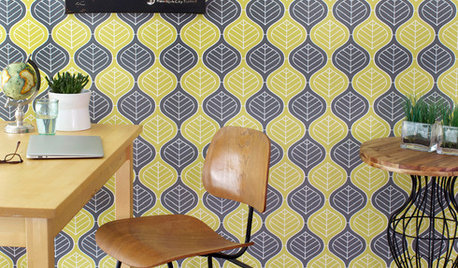
WALL TREATMENTSCan't Find the Right Wallpaper? Make Your Own
For one-of-a-kind walls, just use your imagination. Custom wallpaper is easier and less expensive than you might expect
Full Story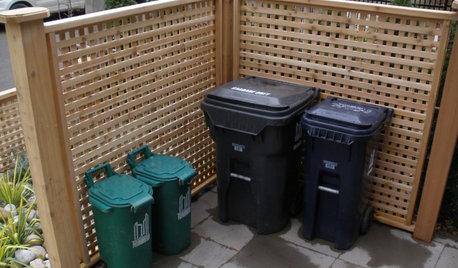
THE POLITE HOUSEThe Polite House: What Can I Do About My Neighbors’ Trash Cans?
If you’re tired of staring at unsightly garbage way before pickup day, it’s time to have some tough conversations
Full Story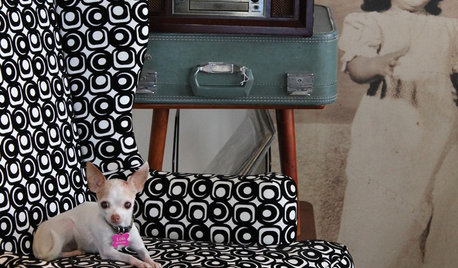
PETSWhat Chihuahuas Can Teach Us About Interior Design
Who knew these tiny dogs could be such a huge fount of design tips? Houzzers did
Full Story
GARDENING FOR BUTTERFLIESA Quick-Start Guide to Bird-Watching for Fun and Learning
Set out some seed and grab your field guide. Bird-watching is an easy, entertaining and educational activity for the whole family
Full Story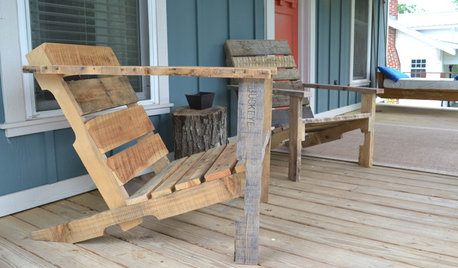
WOODWORKINGBuild Your Own Wooden Deck Chair From a Pallet — for $10!
Take the ecofriendly high road with a low-cost outdoor chair you make yourself
Full Story
INSPIRING GARDENSWhat We Can Learn From Longwood Gardens’ New Meadow
Sustainability, ecology, native plant communities ... this public garden is brimming with lessons on horticulture for home gardeners
Full Story
LAUNDRY ROOMSThe Cure for Houzz Envy: Laundry Room Touches Anyone Can Do
Make fluffing and folding more enjoyable by borrowing these ideas from beautifully designed laundry rooms
Full Story
FARM YOUR YARDHello, Honey: Beekeeping Anywhere for Fun, Food and Good Deeds
We need pollinators, and they increasingly need us too. Here, why and how to be a bee friend
Full Story
DECLUTTERING10 Decluttering Projects You Can Do in 15 Minutes or Less
Try these ideas to get organized at home one small step at a time
Full Story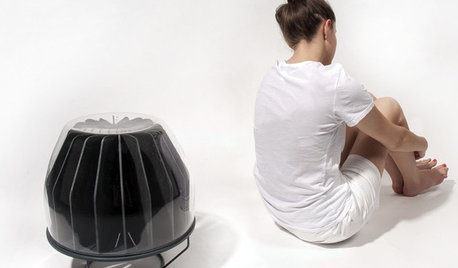
GREEN DECORATINGA New Breed of Space Heaters Helps You Stay Toasty in Style
Shiver no more with style-conscious heaters that let you turn down the thermostat and snuggle up in warmth
Full StorySponsored
More Discussions



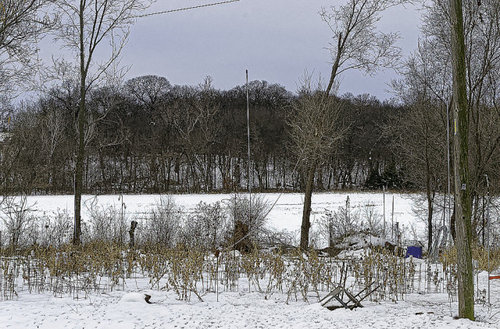
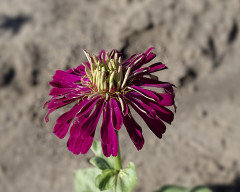
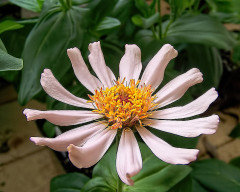
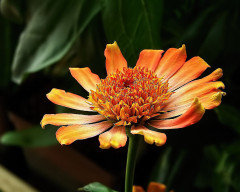
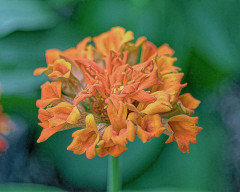
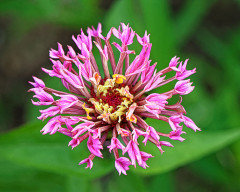
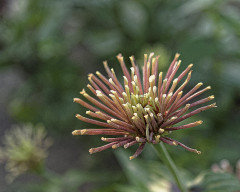
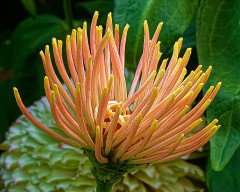
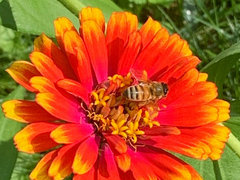
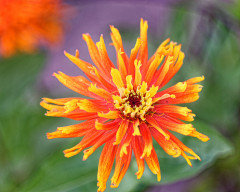
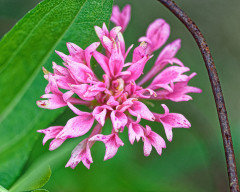
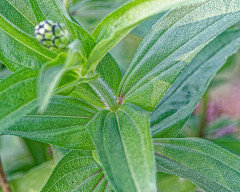
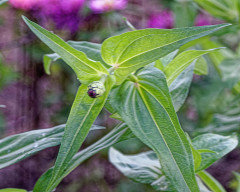
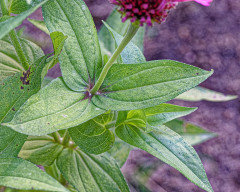
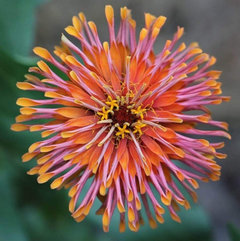
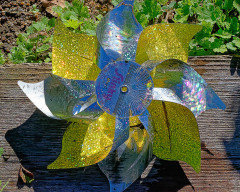
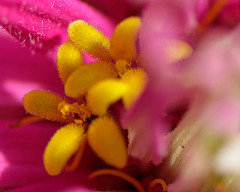
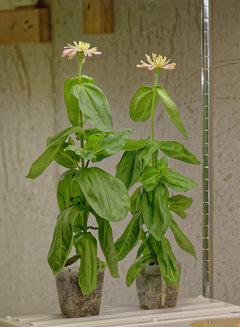
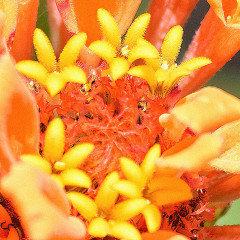
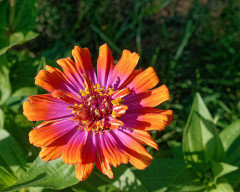
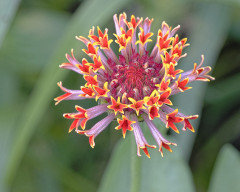
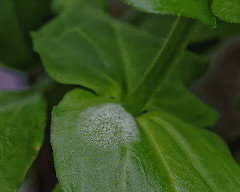
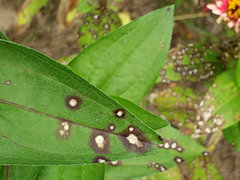
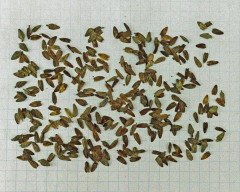
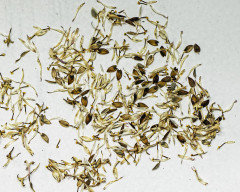
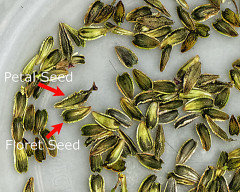
zen_manOriginal Author